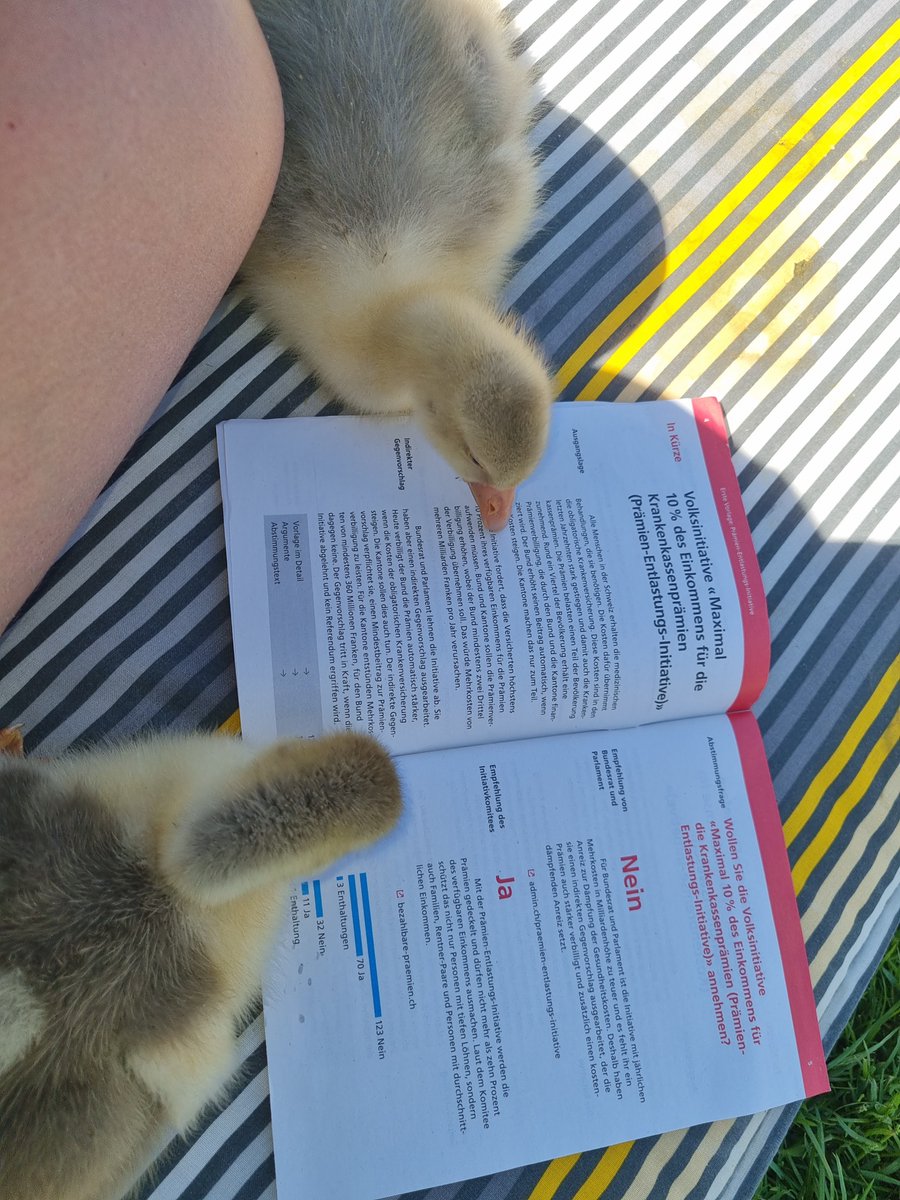
Solar analyst with BloombergNEF, goose keeper. Author of "Solar Power Finance Without the Jargon". Opinions here are all my own. She/her.
2 subscribers
How to get URL link on X (Twitter) App



 Britain's cheese and beer are *much* better than those of Switzerland and it's not even close. Also, British tea may be made of floor sweepings, but at least we pour hot water directly onto it instead of serving as a cup of lukewarm water with a sad teabag on the side.
Britain's cheese and beer are *much* better than those of Switzerland and it's not even close. Also, British tea may be made of floor sweepings, but at least we pour hot water directly onto it instead of serving as a cup of lukewarm water with a sad teabag on the side.


 You make so many choices, like what inflation index to use. Like sweet summer children, we forget that inflation in the 1970s and 1980s was very significant - the nominal price in 1976 was $25/W, but that's $98.9/W in 2021 dollars (and I'm trying to update for 2022).
You make so many choices, like what inflation index to use. Like sweet summer children, we forget that inflation in the 1970s and 1980s was very significant - the nominal price in 1976 was $25/W, but that's $98.9/W in 2021 dollars (and I'm trying to update for 2022).
https://twitter.com/heimbergecon/status/1538853863528222721Also, 2020 was an easy year for targets because consumption went down. But I think it's a bit much to ask your average Italian to distinguish the technicalities of different German renewable energy sub-targets.
https://twitter.com/solar_chase/status/1407726096020344840There's no significant wafer, cell or module manufacturing capacity in Xinjiang (there's a single ingot plant). About 50% of solar-grade polysilicon production was made in Xinjiang last year, it's a little lower this year as new factories are in other provinces.

https://twitter.com/isaboemeke/status/1332769445463293952I remember my parents in the UK worrying about milk and mushrooms because of events in far-off Ukraine. I don't blame Germans for saying no to nuclear in the late 1980s-90s. It wasn't the right decision, but you can't exactly dismiss their fears as unreasonable.

https://twitter.com/ramez/status/1261011825354657792Specifically, I'm a little concerned that a lot of the falls in cost of capital, O&M cost and non-module cost over the last decade have been one-offs. Cost of capital has dropped worldwide for everything, for example.